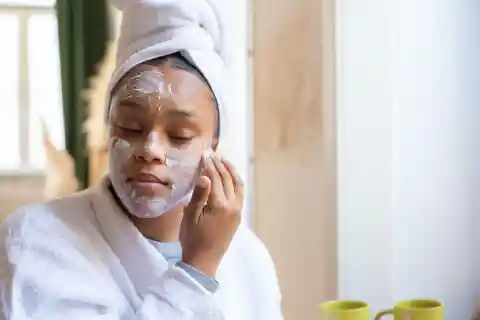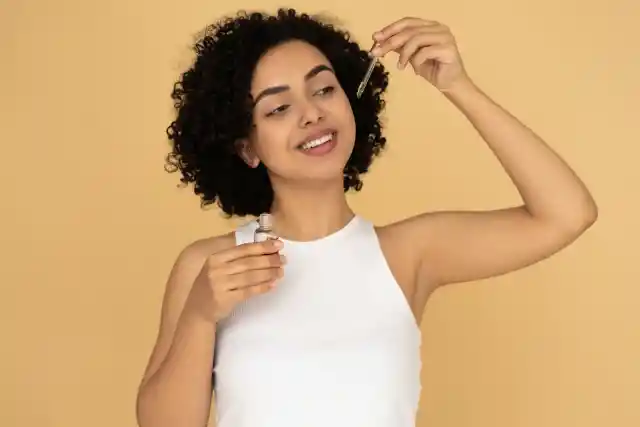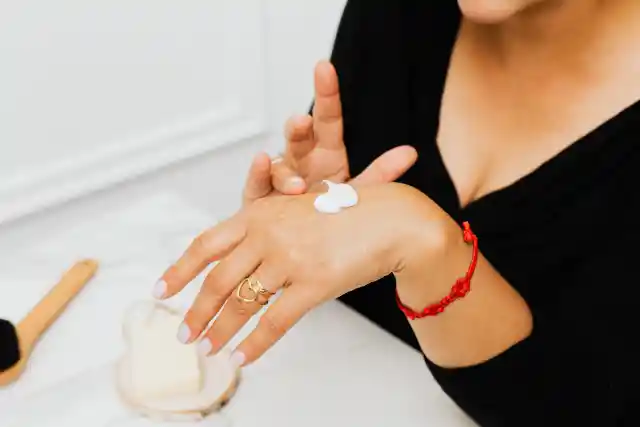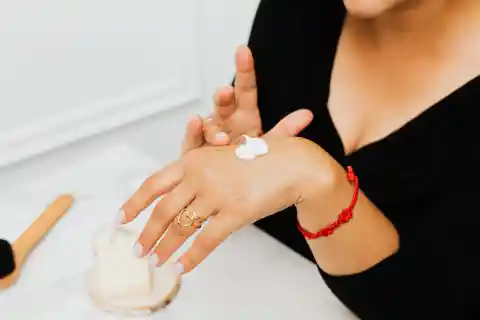You might have come across the phrase "skin cycling" recently if you frequent the skin-care section of Instagram or TikTok. Skin cycling particularly picked up during the peak of the epidemic, when thousands of people were confined in quarantine.
It's a technique that eliminates the guesswork involved in applying active products at the right time, ensuring that you get the maximum benefit from them, reducing irritation and promoting healthy, youthful-looking skin.
We'll explain what skin cycling is and how to include it into your beauty regimen below.
What is skin cycling?
The term was first used by board-certified dermatologist Whitney Bowe, MD, of New York City, whose TikTok post about skin cycling has received 2.1M views. The idea of "skin cycling" refers to a nightly skincare regimen that includes applying active chemicals only on specific days and then using "rest" days in between.
The most common cycle is a four-day one, which involves utilizing active chemicals two nights a week, resting for two nights, and repeating.
Adopting a skin cycling practice is said to help prevent the skin barrier from being weakened by overusing active ingredients. It's also a fantastic approach to establish a reliable and efficient routine that encourages the skin to function at its best.
The original skin cycling regimen lasts for four nights. The first night should be spent exfoliating, the second night should be spent using retinol, and the third and fourth nights should be spent recovering and should solely include the use of moisturizer.
Night 1: Exfoliation
This is exfoliation night where you cleanse your pores and peel away dead, dull skin. Then, rinse your skin with a light face cleanser and wipe it dry before exfoliating.
Instead of using physical scrubs, try chemical exfoliators, which are more effective and better for the skin barrier since they contain compounds like AHAs, BHAs, and PHAs.


A leave-on exfoliating product with ideally a combination of acids, such as glycolic acid and salicylic acid, can also be used. It will exfoliate that layers of dead skin gently, leaving your skin glowing right away.
Night 2: Retinoid
The following night is committed to retinoids, which are vitamin A derivatives that may be used to treat minor acne, lessen the appearance of fine lines and wrinkles, and remove hyperpigmentation and scarring.


If you're new to using retinoids, start by putting a moisturizing cream on the delicate parts of your face, including as the marionette lines, the corners of your nose, and the region beneath your eyes. This will serve as a buffer and stop dryness and irritation. Apply your retinoid to your whole face, neck, and décolletage after that.
Night 3 & 4: Repair and Recovery
The third stage is the restoration phase, which is usually nights three and four. The main goals of recovery nights are hydration and skin barrier restoration. You'll want to focus on nurturing your skin microbiota and rebuilding your skin barrier. This entails hydration and moisturization.


Avoid any irritating substances. Wash your skin before applying a moisturizer, and for these evenings you don't have to pat dry — it's good to keep your face a bit damp. Look for products with hyaluronic acid, glycerin, and ceramides as skin-repairing additives that are fragrance-free.
Benefits
Skin cycling allows your face to recuperate between treatments. Retinoids and exfoliating serums are strong, efficient products. Yet, if used too frequently, they can become quite grating to a lot of individuals. In essence, applying too much too frequently might result in sensitive, constrictive, or dry skin.
Hyperpigmentation is more likely to occur in those with darker skin tones who use these items excessively.
Skin cycling might help you benefit from these (sometimes expensive) products with fewer unwelcome side effects.
There is no consensus study available yet on the advantages of skin cycling, including:
· decreasing retinol irritant side effects such redness and peeling, especially in those with sensitive skin
· hydrated skin,
· brighter skin, and
· smoother skin
Some do’s & don’ts
Don’t skip on moisturizer
Using a moisturizer after each application is crucial for reducing irritation because exfoliants and retinoids are renowned for irritating the skin and drying it.
Monitor the progress
Reduce the amount if the skin is inflamed. It's still vital not to put retinoids on irritated or inflamed skin. When using a product for the first time, you should first verify if it is suitable for you by patch testing it on a tiny area of skin for a few days.
When beginning a new skincare regimen, people with specific skin diseases, such as severe acne, rosacea, eczema, or psoriasis, as well as those who use prescription skin drugs, should always consult their dermatologist.